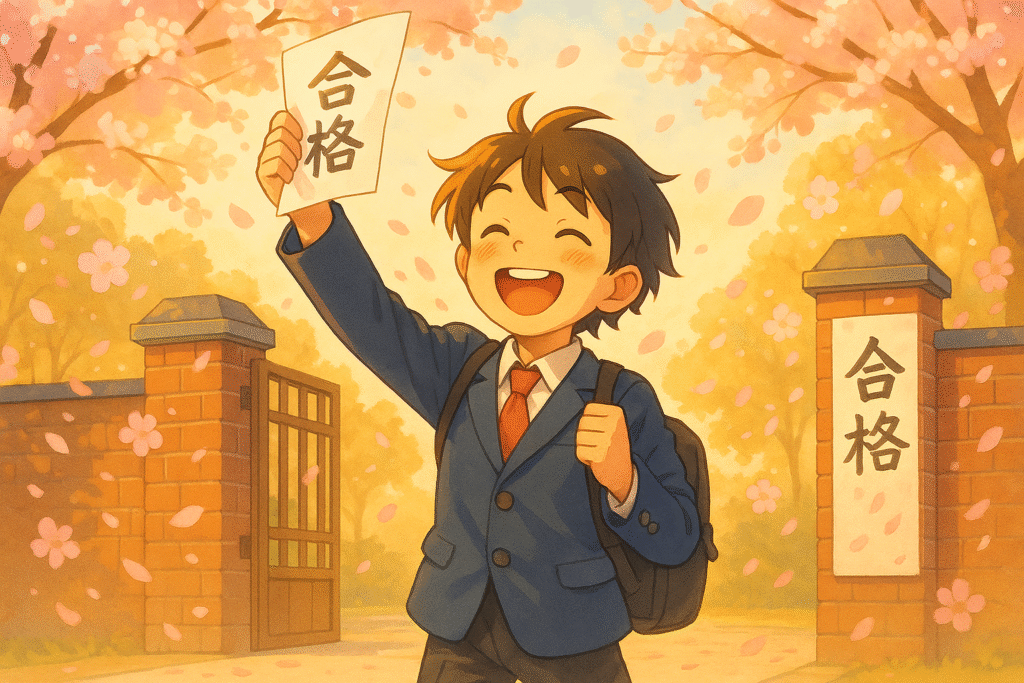Have you ever attempted to say “she sells seashells by the seashore” quickly three times in a row? Tongue twisters exist in nearly every language, and Japanese is no exception. These playful verbal puzzles are not only entertaining but also serve as excellent pronunciation practice for language learners.
Why Japanese Tongue Twisters Are Your Secret Weapon for Language Mastery
Japanese tongue twisters (早口言葉, hayakuchi kotoba) literally translate to “fast mouth words,” and they’re particularly valuable for Japanese learners. The rhythmic patterns and repeated sounds help train your mouth to form unfamiliar Japanese phonemes with greater accuracy and speed.
As anyone learning clothes in Japanese or struggling with the tara form can tell you, pronunciation can make or break your communication abilities. Tongue twisters provide focused practice on particularly challenging sound combinations.
10 Japanese Tongue Twisters to Challenge Your Skills
Let’s dive into some popular Japanese tongue twisters, ranging from beginner-friendly to impressively difficult:
For Beginners
1. Aka pajama, ao pajama, ki pajama (赤パジャマ、青パジャマ、黄パジャマ) Red pajamas, blue pajamas, yellow pajamas
This simple tongue twister helps you practice color words while maintaining clear pronunciation of similar-sounding syllables.
2. Sumomo mo momo, momo mo momo (すももも桃も桃のうち) Both plums and peaches are a type of peach
This classic is perfect for beginners because it uses just a few words with repeated sounds. The challenge comes from the similar “mo” sounds in quick succession.
Intermediate Challenges
3. Namamugi namagome namatamago (生麦生米生卵) Raw wheat, raw rice, raw egg
This tongue twister helps with the “na-ma” prefix for “raw” items, challenging you to maintain clear distinctions between the three food items.
4. Tonari no kyaku wa yoku kaki kuu kyaku da (隣の客は良く柿食う客だ) The customer next to me is a customer who often eats persimmons
Practice the “k” sound and work on fluid transitions between words with this popular phrase.
Advanced Difficulty
5. Basu gasu bakuhatsu (バスガス爆発) Bus gas explosion
Despite its short length, this tongue twister is deceptively difficult due to the quick transitions between similar sounds.
6. Torawo torunara torawo toru yori toriwo tore (トラをとるならトラをとるより鳥をとれ) If you’re going to catch a tiger, catch a bird instead of catching a tiger
This lengthy tongue twister challenges your ability to maintain distinct “to” and “ra” sounds throughout a complex sentence.
How to Practice Japanese Tongue Twisters Effectively
- Start slow: Master each syllable at a comfortable pace before increasing speed
- Listen first: Find audio recordings to hear proper pronunciation
- Break it down: Practice troublesome sections separately
- Record yourself: Compare your pronunciation to native speakers
- Make it a game: Challenge friends or family to join you
Benefits Beyond Pronunciation
Japanese tongue twisters offer more than just pronunciation practice. They provide:
- Improved listening skills for distinguishing similar sounds
- Enhanced muscle memory for smoother speech
- Increased vocabulary through exposure to new words
- A fun way to connect with Japanese culture
As our readers learning about the kara Japanese grammar point or exploring how to say “I love you” in formal Japanese settings can attest, immersing yourself in language practice through enjoyable activities makes learning more effective.
The Easiest and Hardest Japanese Tongue Twisters
The easiest Japanese tongue twister for beginners is “Sakuranbo, nashi, budō” (さくらんぼ、なし、ぶどう), which simply means “cherries, pears, grapes.” Its straightforward pronunciation makes it accessible to newcomers.
On the other hand, many consider “Jari senchō, senchō wa jari” (砂利船長、船長は砂利) or “Gravel captain, the captain is gravel” to be among the most challenging due to its complex sound patterns and repetitive syllables.
Want to explore Japan’s culture?
Discover Japan’s rich culture, traditions, and hidden gems with our expertly crafted guides. Get insider tips on travel, food, and history. All for free!
Q&A: Common Questions About Japanese Tongue Twisters
Q: How often should I practice Japanese tongue twisters? A: Just 5-10 minutes daily offers significant improvement.
Q: Can tongue twisters help with Japanese accent reduction? A: Yes, regular practice helps train your mouth muscles to produce authentic Japanese sounds.
Q: Are Japanese tongue twisters used in schools? A: Japanese children often learn tongue twisters as both educational tools and games.
Want to take your Japanese language skills beyond tongue twisters? Check out our resources page for free guides on everything from Japanese animals to business culture concepts like okyakusama.
Whether you’re a beginner just learning to say “sister in Japanese” or an advanced learner mastering the noni meaning in Japanese grammar, incorporating tongue twisters into your practice routine will add a playful dimension to your studies while significantly improving your pronunciation.
What’s your favorite Japanese tongue twister? Try mastering one today and watch your pronunciation skills transform!
Love Japan? Stay in the Loop!
Get the best of Japan straight to your inbox: language, culture & travel insights!




